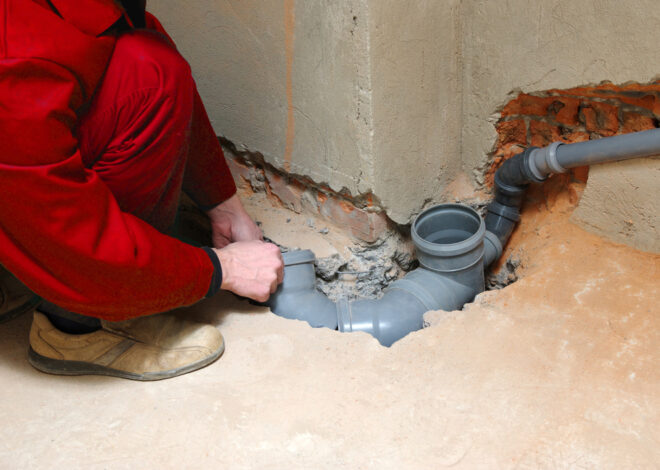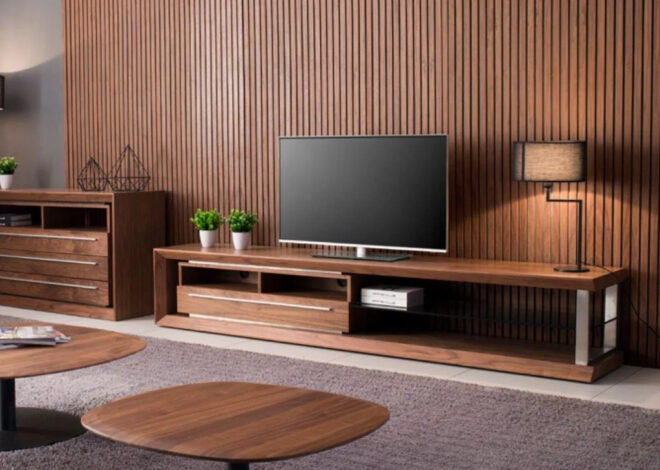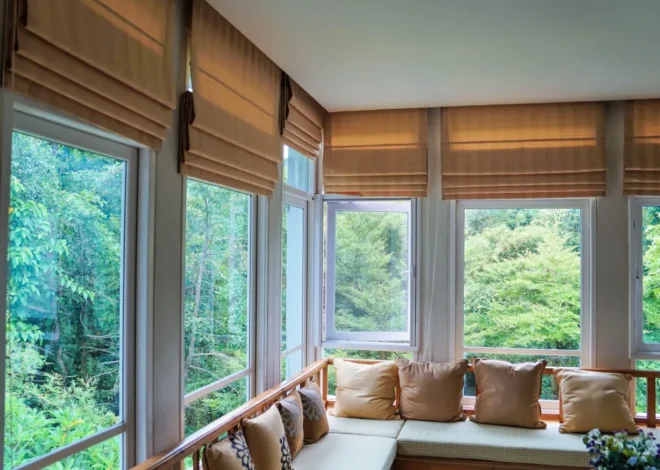
Solid Core Doors vs. Hollow Core: Which is Better for Your Space?
When designing or renovating a home, the choice of interior doors plays a significant role in both functionality and aesthetic appeal. Among the most common types of doors available in the market are solid core doors and hollow core doors. There are benefits and drawbacks to each option, so it’s important to weigh your unique requirements, financial limitations, and personal preferences in order to make an informed decision. In this article, we’ll explore the differences between these two types of doors to help you determine which is better suited for your space.
Understanding Solid Core Doors
A solid core door is constructed with a solid interior core made from materials like wood, MDF (medium-density fibreboard), or composite. This interior is then covered with a veneer or laminate to provide a polished finish. Solid core doors are known for their durability, superior sound insulation, and timeless aesthetic.
Key Features of Solid Core Doors
- Durability: The dense core makes these doors robust and long-lasting.
- Sound Insulation: The solid interior significantly reduces noise transfer between rooms, which is ideal for maintaining privacy.
- Aesthetic Appeal: They mimic the look of solid wood doors but come at a more affordable price.
- Weight: Solid core doors offer a substantial weight compared to hollow core doors, enhancing their luxurious appeal.
Check out the freshest news and current updates: CBDa for Stress and Anxiety
Pros of Solid Core Doors
- Excellent noise reduction capabilities.
- Greater increased robustness and resilience to deterioration.
- Improved thermal insulation, helping to maintain consistent temperatures in a room.
- Available in a variety of finishes and styles to suit different interior designs.
Cons of Solid Core Doors
- These doors come at a higher price point compared to hollow core options.
- Heavier, which may require sturdier hardware and professional installation.
- Not as easy to modify or cut if adjustments are needed during installation.
Understanding Hollow Core Doors
Hollow core doors feature a unique design that includes a hollow interior, as their name implies. These doors are typically made with a lightweight wood or fibreboard frame and filled with cardboard or honeycomb-shaped core materials for structural support. They are then covered with a veneer or skin to give a finished look.
Key Features of Hollow Core Doors
- Lightweight: The hollow construction makes them much lighter than solid core doors.
- Affordable: They are an economical choice, ideal for budget-conscious projects.
- Easy Installation: Their lightweight design ensures effortless handling and installation.
Pros of Hollow Core Doors
- Cost-effective and widely available.
- Installation is a breeze thanks to their reduced weight.
- Suitable for areas where sound insulation and durability are not a priority, such as closets or pantries.
Cons of Hollow Core Doors
- Poor sound insulation compared to solid core doors.
- It is less durable and more prone to dents, scratches, and damage.
- Limited thermal insulation properties.
- They may feel less premium due to their lightweight and hollow nature.
Comparing Solid Core and Hollow Core Doors
To help you make an informed decision, let’s compare solid core doors and hollow core doors across several key factors:
1. Durability
- Solid Core Doors: Their dense construction makes them resistant to damage and ideal for high-traffic areas.
- Hollow Core Doors: Prone to wear and tear, these doors may not withstand heavy usage over time.
Winner: Solid core doors.
2. Sound Insulation
- Solid Core Doors: Their thick core provides excellent noise reduction, perfect for bedrooms, offices, or media rooms.
- Hollow Core Doors: These doors allow more sound to pass through, which can be an issue in noise-sensitive areas.
Winner: Solid core doors.
3. Cost
- Solid Core Doors: Higher upfront cost due to their construction and materials.
- Hollow Core Doors: Significantly cheaper, making them a popular choice for budget renovations.
Winner: Hollow core doors.
4. Aesthetic Appeal
- Solid Core Doors: Offer a premium look and feel, closely resembling traditional solid wood doors.
- Hollow Core Doors: While they can mimic the appearance of solid wood, they lack the substantial feel and visual depth of solid core doors.
Winner: Solid core doors.
5. Weight and Installation
- Solid Core Doors: Heavier, requiring more effort and potentially professional installation.
- Hollow Core Doors: Lightweight and easy to install, even for DIY enthusiasts.
Winner: Hollow core doors.
6. Thermal Insulation
- Solid Core Doors: Help maintain room temperatures by reducing heat transfer.
- Hollow Core Doors: Limited insulation, which may lead to heat loss in cooler months.
Winner: Solid core doors.
7. Applications
- Solid Core Doors: Best suited for bedrooms, bathrooms, and spaces where privacy and noise reduction are priorities.
- Hollow Core Doors: Ideal for closets, pantries, or areas with minimal use.
Conclusion
The decision between a solid core door and a hollow core door ultimately depends on your individual needs, budget, and the purpose of the space. If you’re looking for durability, sound insulation, and a premium aesthetic, a solid core door is the superior choice. If your top concerns are affordability and straightforward installation, a hollow core door may be the ideal choice for you.
When planning your renovation or home improvement project, consider the specific requirements of each room and how the type of door will impact functionality and style. Investing in the right door can enhance the comfort, aesthetics, and value of your home, making it a decision worth careful consideration.



